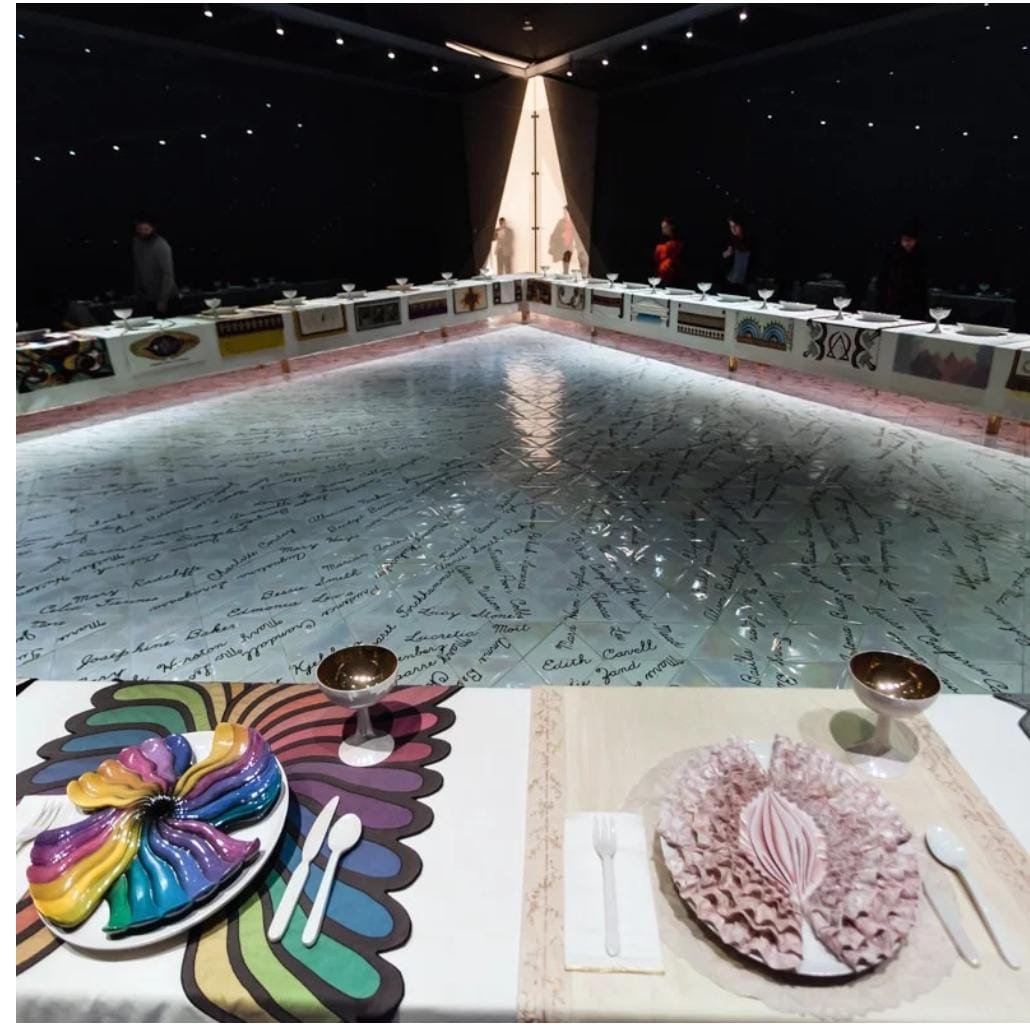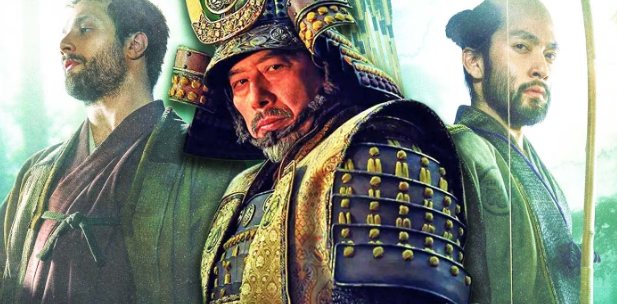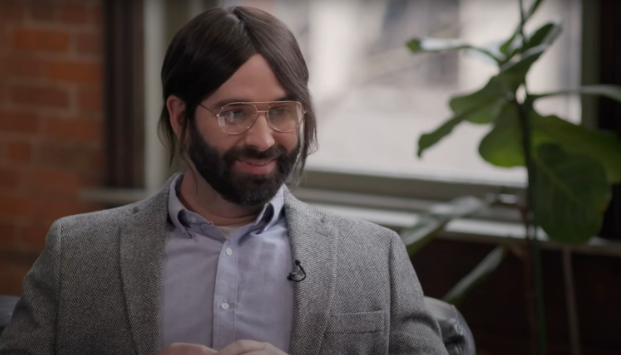What is Feminist Art?

Feminist art is not limited to a single subject or medium. Feminist artists handle a wide variety of female related issues using a plethora of tools and methods. Emerged around 1970s, feminist art questions the power of men in art and society. It strives to achieve recognition and equality for women, and challenge assumptions about womanhood.
What has started the feminist art movement? Who are some of the prominent contemporary feminist artists?
Linda Nochlin’s 1971 essay asked: “Why Have There Been No Great Women Artists?” The literary piece examined the social and economic obstacles that women faced. A year later, John Barger’s famous book Ways of Seeing investigated the differences in representation of men and women. He stated: “Men look at women. Women watch themselves being looked at”.
While evolving throughout time, feminist art has been divided into phases, which are called waves. In the First Wave feminist art, women artists used “off-limit” symbolism (according to its time) like vaginal imagery and menstrual symbols to make a mark and get the conversation started. One of the extraordinary works from this period is Judy Chicago’s Dinner Party (1974-9). The artwork is a composition of thirty-nine plates on a huge triangular table – each plate commemorates a strong woman from history with Chicago’s psychedelic visuals that look like vaginas.
More recently, issues like domesticity and sexuality are redefined by females themselves. Intersectional feminism, which brings gender inequality together with race and class divisions, is explored more than ever. Kara Walker and Howardena Pindell are among the artists who use critical imagery, text, and video to tell stories of Black women.
Feminist artists have been tackling female issues through different mediums. Through her figurative paintings, Frida Kahlo explored her own experience as a woman. Niki de Saint Phalle had a significant influence on feminist sculpture by using exaggerated female parts in her vibrant works to change the view of the female form.
There is also a unique medium that spread its reputation with the help of feminist artists: performance art. One of the most prominent Japanese contemporary artists, Yayoi Kusama’s early works were questioning the male gaze in art history. In her famous work performed at the garden of the Museum of Modern Art in New York, eight female performers sssssssssss their clothing under Kusama’s direction and assumed nude poses, mimicking the sculptures by Pablo Picasso and Alberto Giacometti nearby. Yoko Ono, Marina Abramović, and Emma Sulkowicz are other well-known representatives of feminist performance art.
These artists and mediums are just a few examples of how female issues can be brought to public attention through art. Female representation and recognition of female artists’ works are on the rise; however, the art world is still dominated by white men. The continual transformation of feminist art is the key for diversity, and artists are coming up with more creative ways to use their art for activism.





